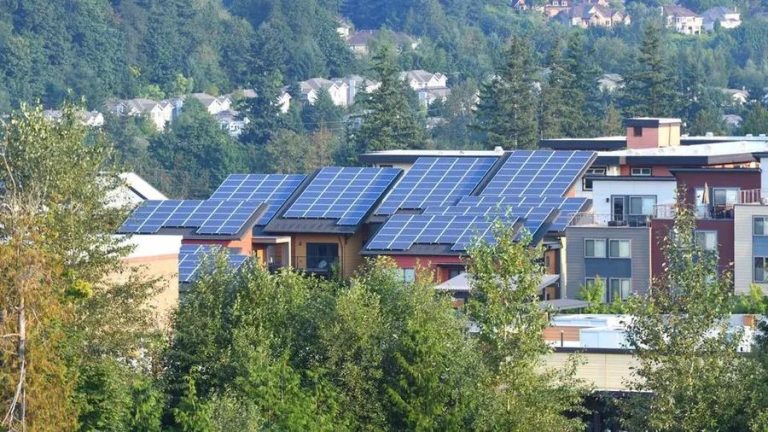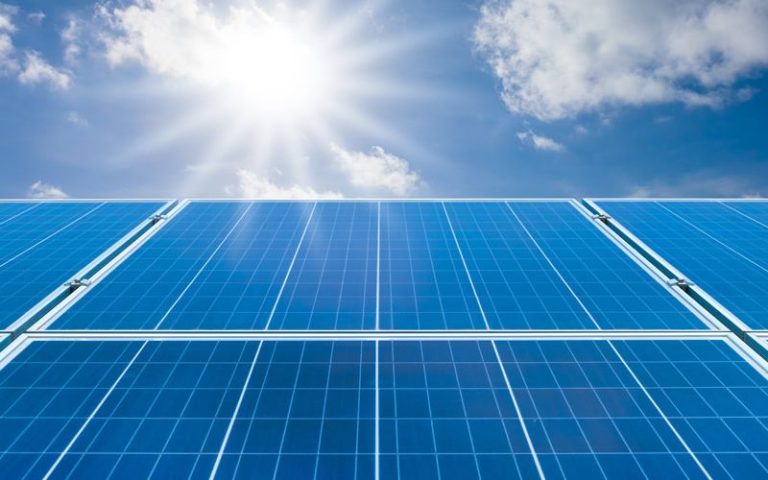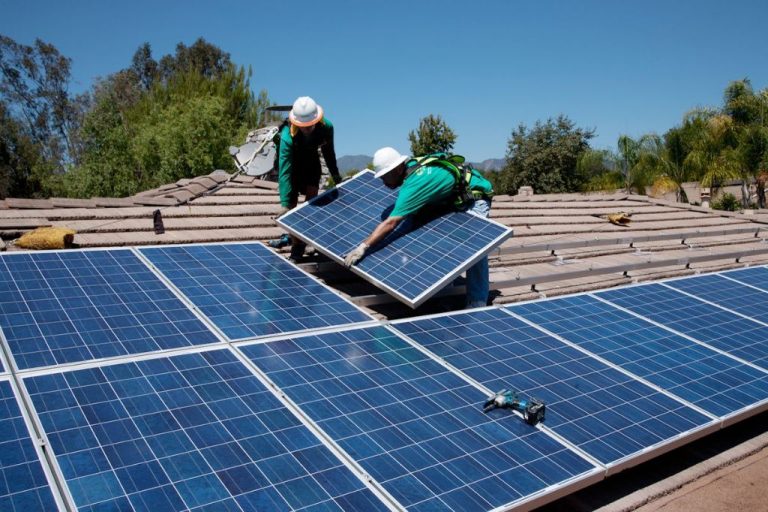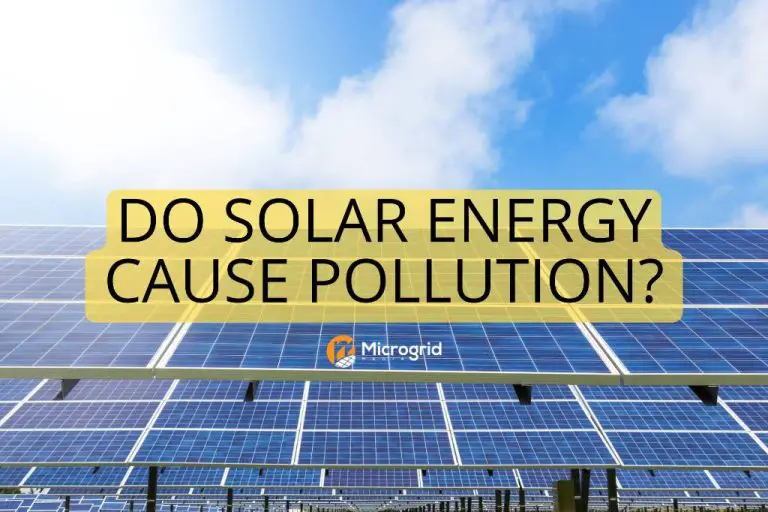Solar Energy Research Paper
Solar energy use and research has a long history, dating back to the discovery of the photovoltaic effect in 1839 by French physicist Edmond Becquerel. The first photovoltaic module was built by Bell Labs in 1954. Throughout the 20th century, solar energy remained a niche technology, but began seeing rapid growth in the early 2000s as costs declined. Today, solar PV is one of the fastest growing renewable energy sources globally.
Total installed solar capacity reached over 1,000 GW worldwide in 2021, with annual installations reaching over 150 GW. China leads in total installed capacity at over 300 GW, while Germany remains the global leader in solar energy penetration. The United States installed over 27 GW of solar in 2021, accounting for 43% of new electric generating capacity added. Solar energy could feasibly meet up to 20% of global electricity demand by 2027.
With continued cost reductions and efficiency improvements in solar technologies, solar energy has the potential to become one of the main sources of electricity globally. Most climate scientists agree that dramatic scaling of renewable energy, especially solar, will be crucial for reaching net zero carbon emissions and limiting global warming this century.
Solar Photovoltaics
Solar photovoltaic (PV) panels are designed to convert sunlight directly into electricity. Photovoltaic cells are made of semi-conducting materials like silicon that absorb photons from sunlight and convert the energy into electric current through the photovoltaic effect. Each solar cell produces a small amount of direct current electricity when exposed to sunlight. Typically, many individual solar cells are connected as PV modules or solar panels to provide usable amounts of electricity. Solar PV systems can range from a few watts of capacity for small portable devices, to thousands of megawatts of capacity for utility-scale solar power plants.
There are several different types of solar PV technology. Crystalline silicon panels account for the vast majority of the market. They are made from silicon wafers and come in either monocrystalline or polycrystalline forms. Thin-film solar cells use very thin layers of materials like cadmium telluride (CdTe) or copper indium gallium selenide (CIGS). Thin-film PV have lower efficiencies but tend to be cheaper and more flexible. Other types like organic PV and perovskites are still being developed in research labs.
The key metric for solar PV efficiency is the module conversion efficiency – the percent of sunlight energy striking the panel that gets converted into electricity. Most commercial crystalline silicon modules have efficiencies around 15-20%. Solar cell efficiencies in research labs now exceed 45%, according to NREL data. However, solar PV has limitations in efficiency mainly due to the Shockley–Queisser limit of around 33% for single-junction cells under unconcentrated sunlight. Real-world efficiencies for solar panels are also reduced by temperature, low light levels, and humidity.
Concentrated Solar Power
Concentrated solar power (CSP) uses mirrors or lenses to concentrate sunlight into a narrow beam, which is then used to produce high temperatures and convert energy. The concentrated sunlight is focused onto a receiver, which heats a thermal energy carrier medium such as thermal oil, molten salt, or compressed gas. This high temperature heat can then be used to generate electricity via a steam turbine or heat engine.
There are four main types of CSP technologies:
- Parabolic trough systems use U-shaped mirrors to reflect and focus sunlight onto a receiver tube located at the focal point. The receiver contains a heat transfer fluid that is heated to 150–400°C.
- Power tower systems (also known as central receiver systems) use many large, flat mirrors (heliostats) to focus and concentrate sunlight onto a receiver atop a tower. The receiver can reach over 1000°C.
- Parabolic dish systems use a dish-shaped parabolic reflector that focuses light onto a receiver at the focal point. The receiver reaches 750–1000°C.
- Linear Fresnel reflector systems use many thin, flat mirrors placed at different angles to concentrate sunlight onto elevated receivers.
A key advantage of CSP systems is the ability to incorporate thermal energy storage, typically using molten salts. This allows energy to be stored and electricity to be generated even when the sun is not shining. CSP with storage offers a solution to overcome the intermittent nature of solar photovoltaic power generation.
According to Hernández-Moro and Martinez-Duart (2012), CSP electricity costs are projected to become cheaper than conventional electricity sources in the coming decades as technology improves[1]. CSP with thermal energy storage will play an important role in increasing the feasibility and adoption of solar energy.
Solar Heating and Cooling
Solar heating systems harness the sun’s energy to provide hot water and space heating for residential and commercial buildings. There are two main types of solar heating systems:
Active Solar Heating
Active solar heating systems use electrical pumps and controls to circulate a heat transfer fluid through solar thermal collectors. The fluid in the collectors absorbs heat from the sun and then transfers that heat to a storage tank. The hot fluid from the storage tank can then heat water or air via a heat exchanger.
Passive Solar Heating
Passive solar heating systems rely on building design and materials to collect and distribute solar heat without any mechanical components. Large, south-facing windows allow sunlight to enter and heat up thermal masses like tiled floors or walls. The heat is then gradually released and circulated naturally via convection.
Solar water heating is one of the most common and cost-effective uses of solar thermal energy globally. According to research, the global solar heating market share increased significantly in countries like Germany (+26%), Brazil (+7.3%) and Netherlands (+6.5%) (Source). Solar cooling technologies use solar thermal collectors coupled with absorption chillers to provide air conditioning.
Solar Energy Storage
Energy storage plays a vital role in enabling the integration of solar power into electricity grids. Solar energy generation is variable and intermittent based on sunshine levels. Energy storage allows solar energy to be captured and stored for use when needed, providing power on demand rather than just when the sun is shining. There are two main approaches to solar energy storage: battery storage and thermal storage.
Battery storage involves converting solar energy into chemical energy that is stored in batteries. Lithium-ion batteries have become the predominant technology for grid-scale solar energy storage. According to research from the National Renewable Energy Laboratory (NREL) [1], lithium-ion battery costs could fall by 47% from 2020 to 2030 as technology improves and economies of scale are realized. This would greatly improve the economics of solar+storage projects.
Thermal energy storage allows heat from the sun to be captured and stored for later use. This approach often uses molten salt to store solar heat, which can then generate steam to run turbines and generate electricity on demand. Thermal storage provides an alternative to batteries for enabling solar power generation when the sun isn’t shining.
Overall, advancements in energy storage technologies will be critical for increasing the capacity and reducing the costs of solar energy storage. Widespread deployment of solar+storage systems will provide 24/7 clean energy from the sun.
Solar Energy Economics
The costs of solar energy systems have been steadily dropping in recent years, making solar increasingly competitive with traditional energy sources. Installing solar comes with significant upfront investment costs, but ongoing operating costs are minimal. Many studies show that solar offers an attractive return on investment in the long run.
According to one analysis, the average cost of a residential solar system in 2021 was around $2.80 per watt, down significantly from over $7 per watt in 2010. At the utility scale, costs have dropped even more precipitously to around $1 per watt. While solar costs more upfront than fossil fuels, operating costs are negligible as the “fuel” is free.[1]
The levelized cost of energy (LCOE) from solar is now on par or lower than conventional sources like coal and gas in many markets. This steady decline in solar costs means it can now compete directly on price.[2] Government incentives like tax credits and accelerated depreciation can further reduce the payback period for solar projects to 5-10 years for residential and 3-5 years for commercial. With lifetimes of 20-30 years, this leads to excellent returns on investment in solar.
For utility-scale projects, solar farms are already highly cost competitive with fossil fuel power plants, and can offer strong returns to investors. One analysis showed returns of up to 12% for large solar projects, with payback periods around 5-7 years.[3] With solar generation costs continuing to fall, the economics will likely only improve going forward.
Environmental Benefits
Solar energy provides significant environmental benefits compared to fossil fuels. By generating electricity from the sun rather than burning coal, oil, and natural gas, solar energy dramatically reduces air pollution and carbon emissions. According to a study by the Department of Energy’s Oak Ridge National Laboratory, solar photovoltaics could prevent up to 875 million metric tons of carbon dioxide emissions in the United States by 2050 (https://www.osti.gov/biblio/889056).
Solar energy also avoids many negative impacts of fossil fuels on land use and habitats. Mining and drilling for coal, oil, and gas can degrade landscapes, pollute waterways, and disrupt wildlife. In contrast, solar panels can be installed on rooftops or integrated into buildings, minimizing land use changes. Utility-scale solar farms do occupy significant land area, but the habitat impacts are reversible once panels are decommissioned. Solar farms can even provide benefits like pollinator habitats.
Compared to other renewable sources like wind and hydropower, solar has relatively low environmental impacts. Wind turbines can negatively affect birds and bats, while large hydroelectric dams radically alter river ecosystems. Solar panels on rooftops have negligible effects on wildlife. Overall, solar energy is one of the cleanest and most environmentally sustainable energy sources available.
Challenges and Limitations
While solar energy offers many benefits, it also faces some key challenges and limitations that need to be addressed for wider adoption. Two of the biggest challenges stem from the intermittent and variable nature of sunlight itself.
First, solar output depends on the time of day, weather, and seasons. This intermittency means solar power can go from very high output on sunny days to zero output at night or during storms. This inconsistency can cause issues when trying to match energy supply with demand on the electric grid (Solar energy adoption: A case study of South Carolina, 2021). To overcome this challenge, energy storage and backup power supplies are needed.
Second, solar energy potential varies widely based on location. Areas like the American Southwest get abundant, consistent sunlight which makes solar power very viable there. But other regions have less solar resources available, making solar less efficient and cost-effective. Transmitting solar power from high production areas to other locations is possible but requires major investments in transmission infrastructure (Unveiling the Potentials and Challenges of Solar Energy in Africa, n.d.). Locational constraints on solar remain a key limitation.
Additionally, manufacturing solar panels requires rare earth metals and other raw materials. Scaling up solar significantly to meet global energy demands could strain material supply chains and create environmental issues related to mining (Sustainable Solar Energy Beyond 2023, n.d.). More sustainable manufacturing and recycling processes may be needed.
Solar Energy Policy
The U.S. government has implemented various policies to encourage the adoption of solar energy. Key policies include renewable portfolio standards, tax credits, and net metering regulations.
Renewable portfolio standards are mandates that require utilities to source a certain percentage of their electricity from renewable sources like solar. As of 2022, 30 states and Washington D.C. have adopted renewable portfolio standards (Roessner, 1982). These mandates have accelerated solar energy deployment by creating guaranteed demand.
Federal tax credits have also catalyzed solar growth. The investment tax credit provides a 26% tax credit for residential solar systems and a 22% credit for commercial systems. This credit is vital for making solar financially viable (Bird, 2023). The solar industry advocates extending this tax credit beyond its current phase-out date in order to continue driving adoption.
Net metering policies allow solar panel owners to sell excess electricity back to the grid. As of 2022, 41 states and Washington D.C. have adopted net metering, which provides a further incentive for going solar (Oya Renewables, 2022). However, some utilities have pushed back against net metering, claiming it shifts grid costs onto non-solar customers.
Future Outlook
Solar energy has great potential to meet rising electricity demands in the future. Renewable energy projections provided in the IPCC Fifth Assessment Report show that solar power capacity could reach up to 4500 GW by 2050 under an ambitious renewable energy scenario. However, some research suggests these projections may not be achievable with current technologies alone. Technologies like thin film solar cells and solar paints are still under development and could enable more rapid expansion of solar in the future.
According to a study by Grandell et al. (2016),Renewable Energy, solar energy capacity is projected to continue growing over the next few decades, reaching up to 6980 GW in a high renewable scenario by 2050. However, the study suggests this would require continued cost reductions and efficiency improvements in solar photovoltaics and CSP technologies.
Advances in solar energy storage and grid integration will also play an important role in enabling higher penetrations of solar generation. With supportive policies and sustained technology innovation, solar has the potential to make up a substantial share of global electricity generation within the next few decades.






